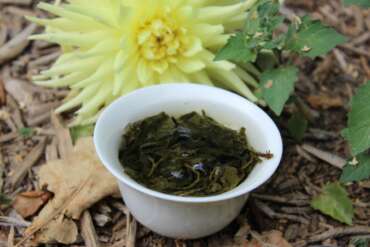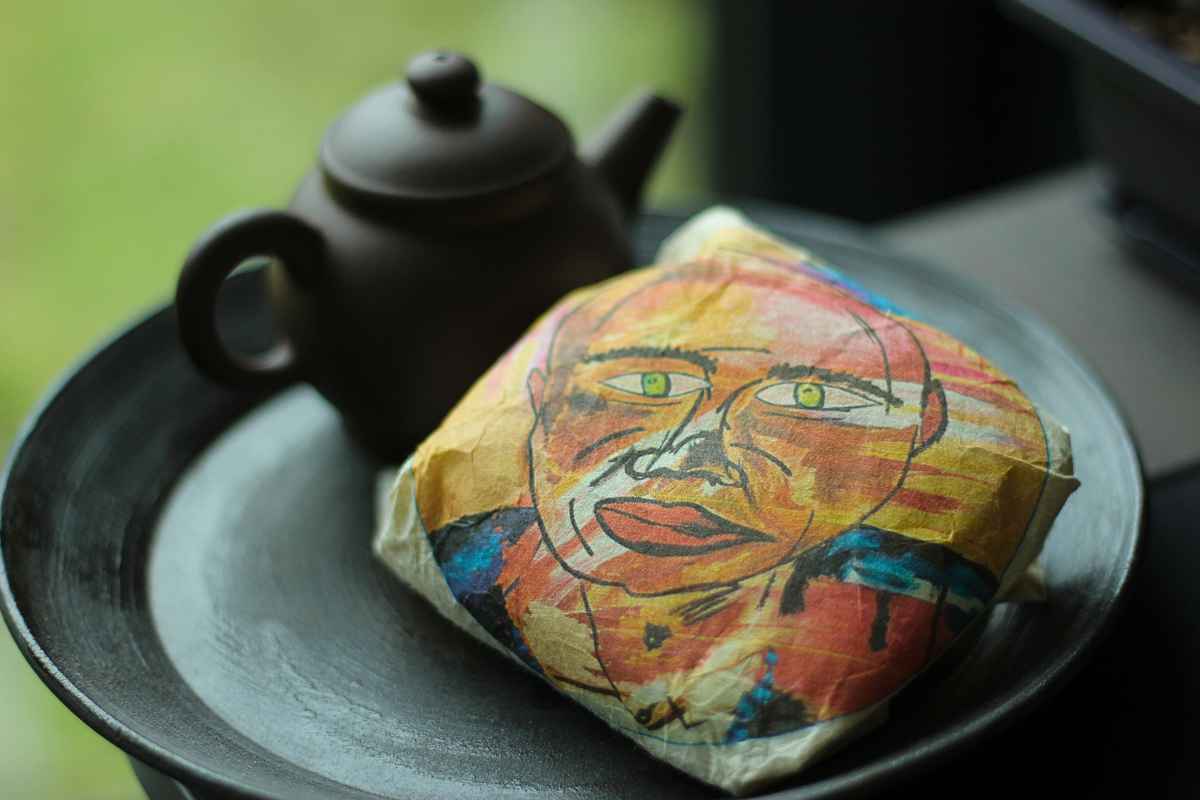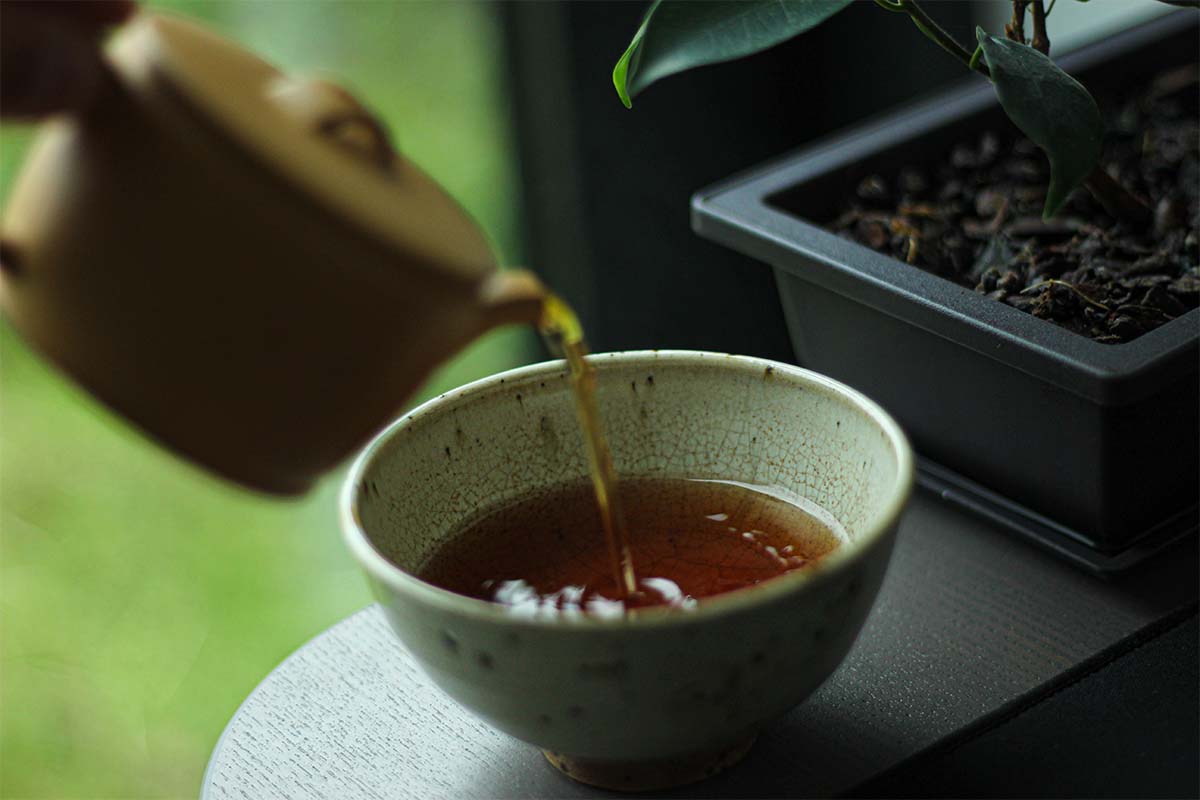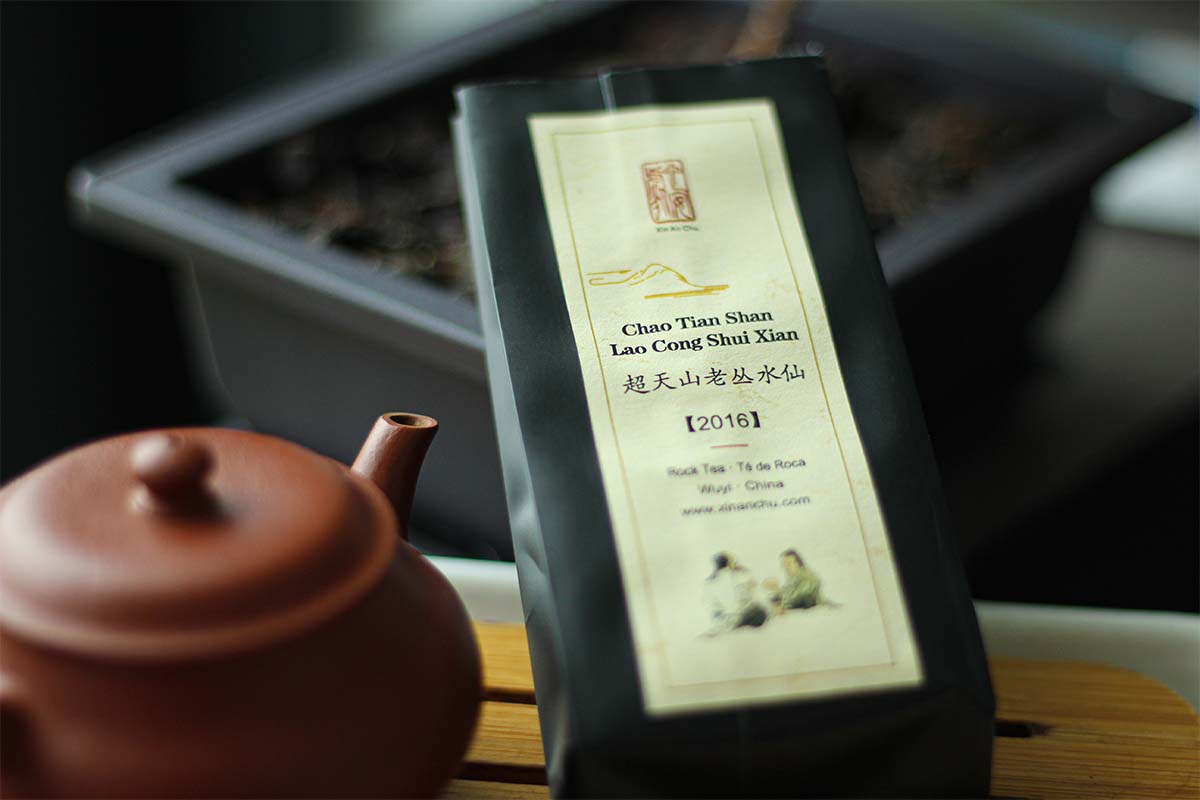A name that frequently appears when dealing with loose leaf tea is Dong Ding. It’s quite a funny name if you ask me. I thought it would be interesting to find out more about this tea. I’ve seen numerous stores selling Dong Ding oolong teas and I know it’s a tea from Taiwan, but that’s about it. That is why I looked for more information and wrote this article; to educate myself and everyone who reads it.
Curious to find out more about unsmoked Lapsang Souchong teas? I tasted three of white2tea’s unsmoked Lapsangs during a session last week. You can read my detailed notes here.
Where does it come from?
It’s useful to know where this tea comes from in order to fully understand its character. Dong Ding tea is one of Taiwan’s most famous teas but the original Dong Ding bushes came from China; Wuyi Mountain to be specific. In comparison to China, Taiwan is a fairly new tea-growing country but it has a favourable climate for the production of tea. This in combination with the Chinese expertise (which they sort of inherited/copied) resulted in the production of high-quality teas. In 1663, China annexed Taiwan and a lot of people from Fujian Province moved to Taiwan, taking seeds, plants and expertise with them. In the beginning, people just produced tea for personal needs but over time, the tea trade started to develop.
In the centre of the small island, Nantou District is located. This district is the most important tea-growing region as it produces more than half the amount of tea that is produced annually. In this district, one can find the famous Dong Ding Mountain. As you might have guessed, Dong Ding oolong comes from this area. Some people even use this name for oolong teas that are not from Dong Ding Mountain. That is why the Taiwanese government named three official Dong Ding growing regions: Zhang Yu, Yong Long and Feng Huang.
What is it exactly?
In order to talk about what it actually is, it can be useful to know that one can refer to this tea by using a number of names. The most common one is Dong Ding, but Tung Ting, Snowy Peak, Icy peak and Frozen Summit are also used to talk about this tea; it’s mostly what the seller prefers. As you can tell from its name, this tea is an oolong tea. It’s an oolong tea that is only lightly oxidised (around 30%) and roasted to a certain degree. During the production process, the tea is rolled into a semi-ball shape. If you look at the picture of the 2005 Heavy Roast Dong Ding above, you can see what a semi-ball shape is.
How is it made?
In addition to the traditional production techniques of producing an oolong tea (plucking, withering, oxidation, …), there are three elements that are vital in the production of Dong Ding oolong tea. One creates this tea by a process that involves tsairou, dingshing and tsaipei. Tsairou is the process in which one rolls and kneads the tea. Dingshing is the process of using a cloth to produce the specific semi-ball shape. Tsaipei is just another word for roasting the tea. These are three steps during the production that are of major importance to produce this specific tea. Once the tea master finishes the tea, he gives the tea a final finishing roast. Important to keep in mind is that during this final roast, smoke needs to be reduced to a bare minimum to avoid a smokey taste in the finished product.




